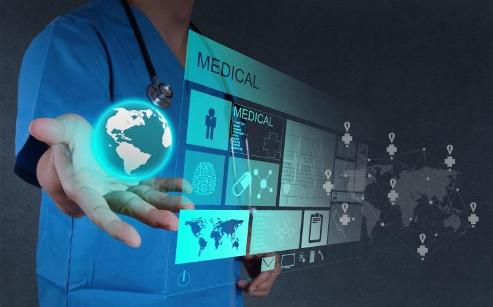6 Medical Trends Affecting the Future of Health Care
Medical technology is advancing at a rapid pace. From the advent of personalized medicine due to the mapped human genome to iPhone apps that can monitor hearts as well as an EKG, keeping tabs on your body and health has never been more like science fiction.
However, medical technology isn’t the only part of the health care landscape that is changing and bringing change. Here is a look at a handful of trends that will drastically affect what health care looks like in the very near future.
Table of Contents
Personalized Medicine
If the idea of personalized medicine seems too far-fetched to figure into the coming years, think again. Even while the United States saw almost 50 million medically uninsured citizens in 2013, medical advancements were reaching toward more and more personalized treatment and care. Far from being an occasional consideration, personalized medicine’s reach will affect everything from who gets what kinds of prescriptions to genetic disorder identification and individualized cancer predictions.
DNA Testing for Treatment
While pharmacogenetics is still a nascent field, there already are some companies utilizing DNA testing to ensure greater drug treatment efficacy. As the 21st century marches on, personalized medicine through the utilization of the information embedded in your DNA really is happening. While full DNA testing as it relates to treatment, diagnosis and prognosis remains rare, the mapping of the human genome, cloud computing and big data analytics means that this form of care may soon be common. The massive amounts of data that can be gathered, analyzed and interpreted means that DNA-specific medical care will be able to be done more and more quickly, cost-effectively and regularly.
The Aging of America
Baby boomers, that aging, demanding and populous generation, number almost 80 million, and they aren’t getting any younger. As they age, more and more hospitals and clinics will be focusing their energies and efforts on assisting them in the aging process. From long-term care to acute services, the needs of the United States’ aging population will dictate a lot of what the health care system addresses and offers.
Healthy Living Initiatives
In part because health care continues to exponentially increase in cost, healthy living initiatives and an emphasis on preventive therapies and lifestyles is going to be increasingly stressed and offered. Some health plans currently incentivize yearly screenings or cost savings related to smoking cessation or other healthy benchmarks, and that trend is only going to continue. While western medicine has relied more on treatment than prevention in the past, the near future is definitely going to be one that emphasizes a life of wellness and health in order to bypass as much treatment as is possible.
Decentralized Health Care
Due in large part to the Affordable Care Act, the United States’ health care system is moving away from large hospital systems to more clinic-based and contract-based care. Already, drug stores and pharmacies offer walk-in clinic services, and flu shots can be acquired at grocery stores and airports. In order to encourage people to utilize emergency room services only in the case of true emergencies, insurance companies have changed, and are continuing to change, how ER services are reimbursed and paid for, and urgent treatment centers are becoming more and more available throughout both urban and rural environments.
Treatment Inequalities
In the face of advancing technology, one issue that will continue to arise time and time again is how to address treatment inequalities. As more and more innovative — and expensive — technologies change how people’s lives can be bettered, the difference between those who can afford the innovations and those who cannot will inevitably grow. While the Affordable Care Act has aimed at addressing the disparities that exist in order to try and ensure that everyone has access to affordable health care, the future will see a disparity between those who get the equivalent of first-class medical care and those who have to fly coach, and because such differences can be a matter of life and death, their impending inequalities must be addressed for the sake of the public good.
Medicine is poised to change dramatically in the coming years. From the dictates of an aging baby boomer generation to medical technologies and personalized care, the future of health care is here, and it looks decidedly different from yesteryear’s.
